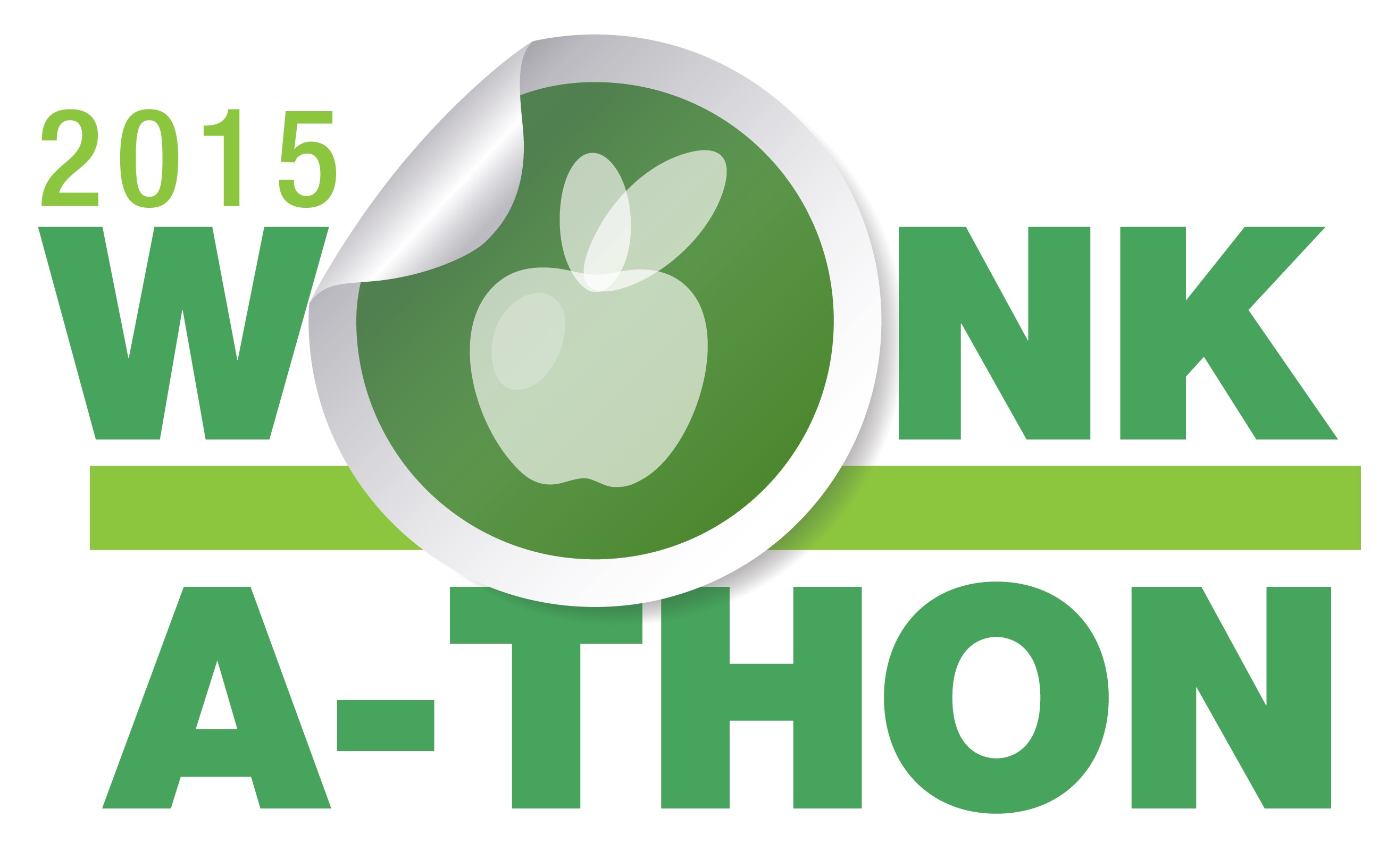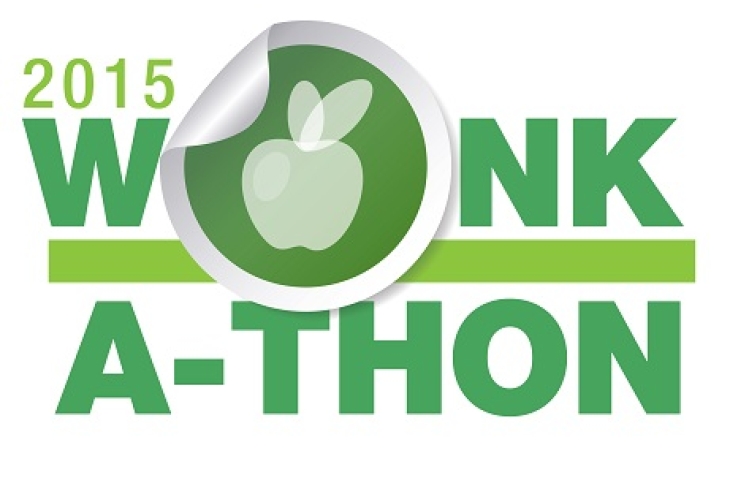
This is the seventh entry in Fordham’s education savings account Wonkathon. This year, Mike Petrilli challenged a number of prominent scholars, practitioners, and policy analysts to opine on ESAs. Click to read earlier entries from Michael Goldstein, Seth Rau, Matthew Ladner, Jonathan Butcher, Tracey Weinstein, and Andy Smarick.
Depending on their income level, a family in Nevada will soon receive between $5,100 and $5,700 to spend on education services.
This is a lot of power over a relatively low amount of money. Due to this low level of funding, an otherwise innovative regulatory policy will face significant quality and equity challenges.
In an ideal world, the government would set the price of an educational savings account by pricing the account for general education students at or near the median market price for private school tuition, as well as by instituting weights for at-risk students. This pricing mechanism utilizes the non-governmental education market to determine what families and schools believe to be the cost of educating a child. Using the median price instead of the average would prevent status-driven elite private schools from skewing the amount too high. Additionally, weights for at-risk students provide extra resources to schools serving students most in need.
To get some back-of-the-envelope numbers for the Las Vegas market, I looked at this list of thirty-five private schools. Some of the prices were given in ranges, but quick number crunching put the median cost at around $7,000 and the average cost at $10,500.
Under the current Nevada savings account funding levels, a family not living in poverty will be around $1,900 short of the median tuition, and a family living in poverty will be about $1,200 short. Also, if you assume that family poverty should receive a weight, the gap between the savings account price and market price is even further apart.
Why is this a problem? Because it makes it unlikely that education savings accounts can achieve both quality and equity.
The gap in the education savings account funding and the market price for education will mean that higher-quality education providers will likely require families to “top-off” their public dollars with additional private dollars. For example, a middle-income family might top off their $5,100 savings account with an additional $3,000 of private funds in order to afford in $8,100 private school. Many poor families will not be able to afford to top-off, however, and will thus be denied access to these better schools.
One way to solve this equity issue is to prohibit the practice of topping off—schools that accept public funds could be prevented from charging these families additional tuition. This, of course, will create a supply problem. Given the value of the education savings account, if schools aren’t allowed to charge additional tuition, they won’t end up taking many publicly funded students.
The knot here is clear. Unless the price is right, it will be impossible to achieve both equity and high-quality supply. To get it right, over the coming years, Nevada should do the following:
- Raise public funding (and education savings accounts) to $7,000 per student.
- Provide a 25 percent weight for students eligible for free-and reduced-price lunch, as well as English language learners.
- Provide a 10–300 percent weight for students with special needs, with the weight being determined by a formula based on service requirements.
- Prohibit educational institutions from charging additional tuition to families that use the education savings account.
Without additional funding, families will not get the great educational options they deserve.
Neerav Kingsland is the chief strategy officer at New Schools for New Orleans.

